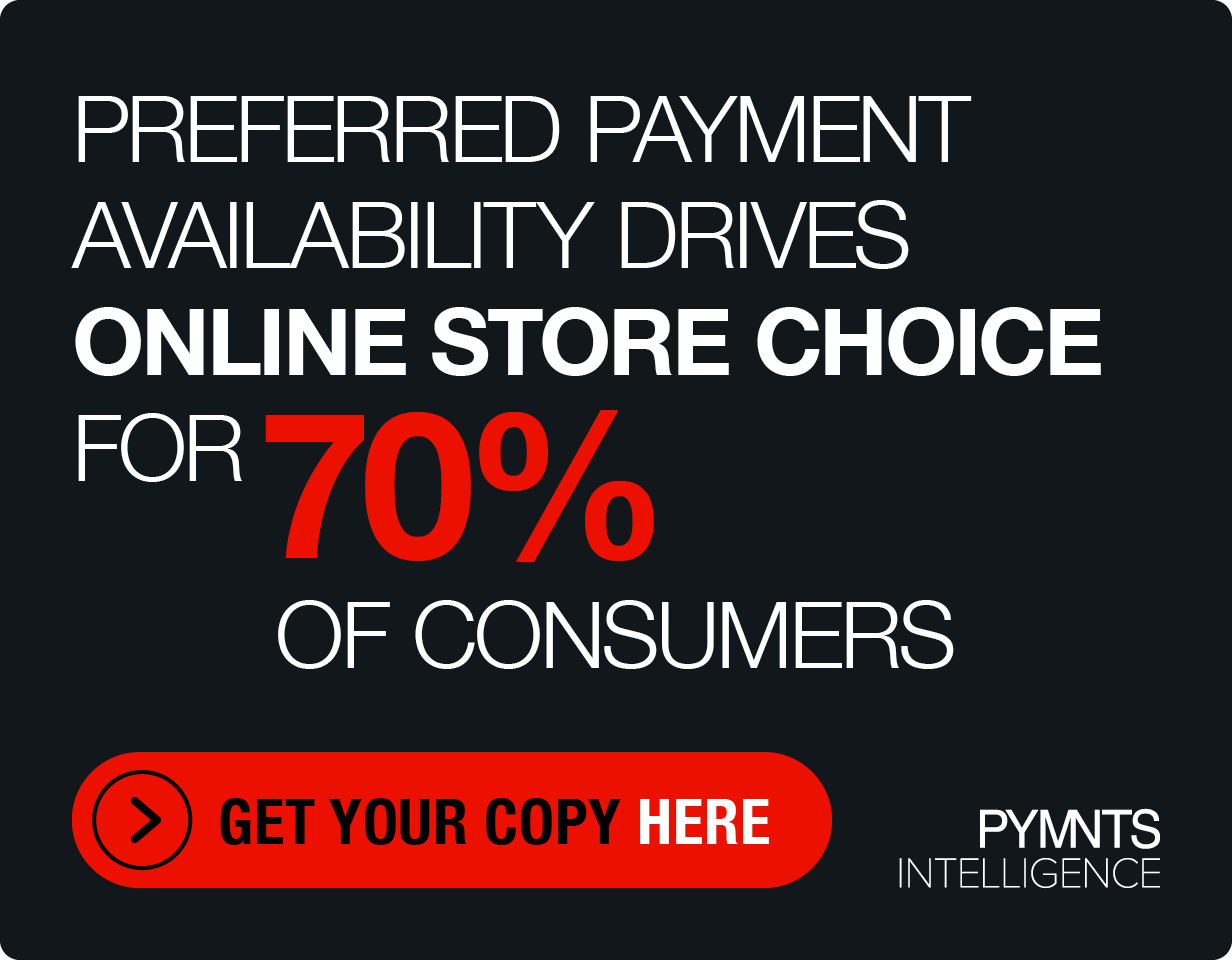E Pluribus Unum: One Payment Stack To Rule Them All?

Try building a tower out of Legos, K’nex, and wooden blocks. How sturdy will that tower be? Probably not very, since these materials aren’t designed to mesh with one another. Legos only fit into other Legos. Wooden blocks will slide off these smooth plastic construction materials — and besides, skinny little K’nex aren’t made to support the weight of solid blocks.
In the same way, merchants’ payment stacks aren’t always self-compatible. There are pieces for checkout, payment processing, fraud detection, et cetera — but these tools and solutions often come from different sources and do not always communicate optimally with each other.
That doesn’t mean the systems aren’t working — it just means they could be doing it better if merchants had a better system, one that is internally compatible with end-to-end data transparency.
Bolt CEO and Founder Ryan Breslow said that this hyper-fragmentation is the main problem in the payments space today. When consumers click the checkout button, he said, there’s a host of tools that go into making the transaction happen, from shipping calculation to internationalization. There may even be multiple systems serving the same function, such as detecting fraud attempts.
Breslow estimates that the average payments stack features half a dozen to a dozen tools, which he believes leads to suboptimal performance. The user experience suffers, he said, and fraud is still getting through despite all the defenses in place.
The theory shared by Breslow and Co-Founder Eric Feldman was that consolidating the stack into a single product could improve the performance of each of its constituent parts. That’s what the entrepreneurs set out to create.
Breslow admits it was an audacious vision from the outset, with plenty of experts along the way urging the company to choose an area of focus rather than trying to solve the whole problem in one go.
Following the product’s public launch on Tuesday (Jan. 23), Breslow told PYMNTS why he refused to listen to this well-meaning (and well-founded) advice, despite seeing the sense in it, and why he’s confident enough to follow up Bolt’s audacious vision with an equally audacious claim: That Bolt is capable of leveling the playing field for online merchants competing with Amazon.
The More Data, the Better
Breslow explained that data from browsing, checkout and payment can inform fraud decisions. The more data available at the time of the transaction, the more accurate the decision will be — and pulling data from within a cohesive system yields more of it, in a more useful format, than pulling it from silos.
Breslow said that a better solution depends on that level of data visibility. By comparison, he said, the layered approach creates pain points for businesses and customers alike while leaving money on the table with high false positive rates.
Like most in the fraud space, Breslow acknowledges that there are “no silver bullets” when it comes to fraud, which is why he’s so adamant about collecting as much data as possible. That includes creating a digital fingerprint of the customer that tracks not only the order information and device from which it was placed, but behavioral attributes like cursor movements and typing speed.
An artificial intelligence (AI) engine does the heavy lifting, combing through transactions in search of anomalies. Before any orders are rejected, they are reviewed by human analysts to enable the maximum number of legitimate orders.
Breslow said that the man-plus-machine approach helps retailers reject fewer orders while still catching the majority of fraud before it happens. For everything else, there’s the zero-fraud guarantee.
Hi, I’m Amazon. And You Are…?
Bolt may look good on paper, but it takes more than a strong résumé to compete with Amazon. Adoption by 100 businesses is still Little League baseball next to the eCommerce giant. What gives Bolt the chutzpah to claim it can level the playing field for Amazon’s competitors?
Breslow says it’s about margins. Rejecting fewer orders means that the business is capturing more customers — customers who would have otherwise churned to competitors like Amazon.
Furthermore, he said that piecemeal payment stacks that are common across the industry today cannot be hyper-optimized — and a clunky checkout experience can drive customers away.
That loses retailers not only the value of the order, but the lifetime value that the customer could have delivered over the years, including referrals, he said. Consolidating the stack into a single product smooths out that customer experience to deliver something akin to what could be found on Amazon.
“We fight for every single customer,” Breslow said.
If Amazon is the benchmark, that’s going to be a long tug of war.
